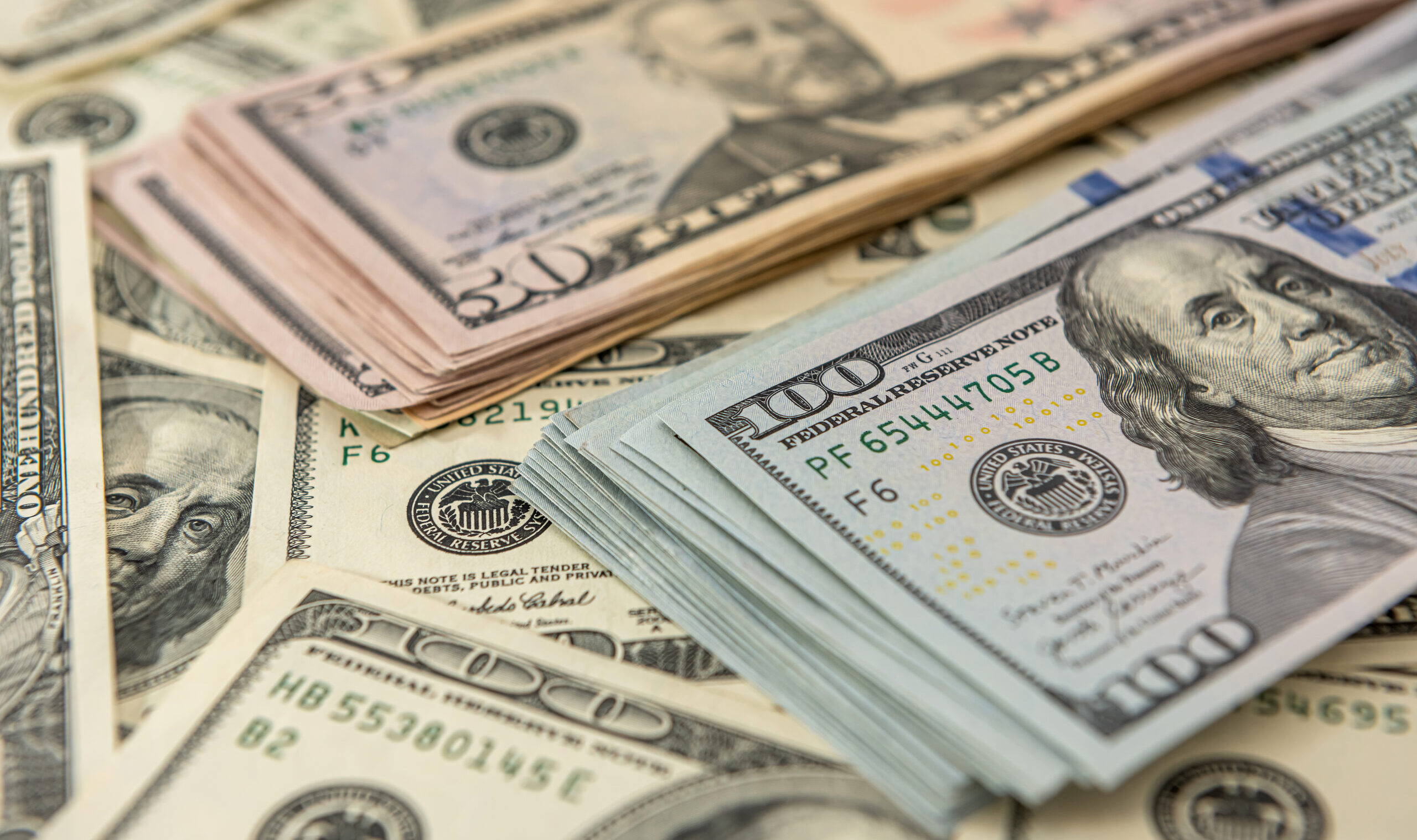One a Penny, Two a Penny
The joke of a recession is on the middle class, whose money means less than ever.

Recession or no recession, many Americans have taken the economic stress of the last few years on the jaw. While inflation slows, the Wall Street Journal reports this week that the Fed’s interest rate hikes are beginning to touch Americans in a meaningful way: In mortgages, car payments, credit card debt and even securities-backed loans, Americans are now paying as much as double the interest they paid just a year ago.
Of course, the whole point of the interest rate hikes was to slow the economy to curb inflation caused by sky-high pandemic spending and a few months’ attempt at shutting down the majority of the economy. But, since economies are still composed of human beings with free will and fickle behaviors, outcomes are never guaranteed. Although Federal Reserve Chairman Jerome Powell made happy noises about a “soft landing” just last week, other economists don’t see it as a sure thing.
But even if there is no recession by the generally accepted definition of two consecutive periods of GDP losses, there has already been an extended period of receding economic prosperity and opportunity for a wide sector of the American economy since 2020. With just enough wealth to be borrowing, but not enough to be immune to economic shocks, the middle class is paying the most in real terms for the government excesses of the last few years.
Many Americans can no longer afford to buy a median-priced home. Not only can they not afford it, but they’re approximately $175,000 short of affording it: The median home price is some $425,000, but most Americans are shopping at the $250,000 level. For those neither bold nor foolish enough to buy well above their means, the pathway to home ownership, a key element of the American dream, has become increasingly ephemeral as high home prices combine with the high interest rates to calcify, intentionally or otherwise, a broad class of semi-permanent renters. For this cohort, the can of financial benefit from building equity through property ownership must be kicked still further down the road. Meanwhile, those who do own a home are far from willing to trade their lower mortgage interest rate for a higher one, which is almost certain to be the case when buying a new house today. Thus, the supply of affordable older homes is thin, pinching the market even more.
Home buying is the big one, but there are others too. Monthly median household savings, adjusted for income, remain far below pre-pandemic norms: In 2019, Americans were saving an average of 8.8 percent of their after-tax income. This skyrocketed in April 2020 to 33.8 percent, but by 2022 it had hit the opposite extreme at a sparse 3.5 percent. This year, the average household’s after tax savings have only improved marginally to 4.3 percent. In the meantime, we’ve racked up a collective $1 trillion in household credit card debt, because, as TAC’s Executive Director Emile Doak pointed out last week, it’s now completely acceptable to buy in plastic what you can’t afford in paper. Perhaps our poor savings have as much to do with bad home economic choices as with bad federal ones.
Let’s not forget about inflation, either. We are supposed to be celebrating victories in this department, but I’m not sure increasing at a decreasing rate is the home-run we’ve been told it is. Whatever is going on, one thing is for sure: Maybe you can work hard and save your dollars and become a millionaire, but to be a millionaire in 2023 simply means that you have made it to the modest upper end of the middle class. One million dollars is barely a comfortable retirement fund in today’s terms, assuming the standard 4 percent rule and a paid-off house; it will soon be even less if the inflation trajectory continues.
Subscribe Today
Get daily emails in your inbox
All of this combines to create an unpleasant picture of the future of the American middle class; it threatens to give the lie to the American dream as we know it. Indeed, 65 percent of Generation Z and 74 percent of millennials believe they are starting further behind financially than previous generations, and that the possibility of getting ahead by sheer work and willpower may no longer be true.
In some sense, however, it does not matter: Economic decisions are shaped more by beliefs about reality than reality itself, and if younger generations believe they cannot get ahead without a step up, many will not. For those who have seen their parents’ savings gutted by inflation or heard stories of grandparents saving a year’s worth of college tuition in one summer—while even a $15 minimum wage couldn’t enable this today—it is hard to find the lie.
A sizable body of Americans with marginal savings, no home, and massive credit card debt is a recipe for economic hardship—recession or otherwise—not to mention the political turmoil born of class resentment. But it would not be completely true to say that the American dream has died, if that is indeed the case. Rather, it must have been sold: to Pfizer, to Moderna, to global corporations, for proxy wars in Ukraine and democracy in the Middle East, by those who claimed to know better.
Comments